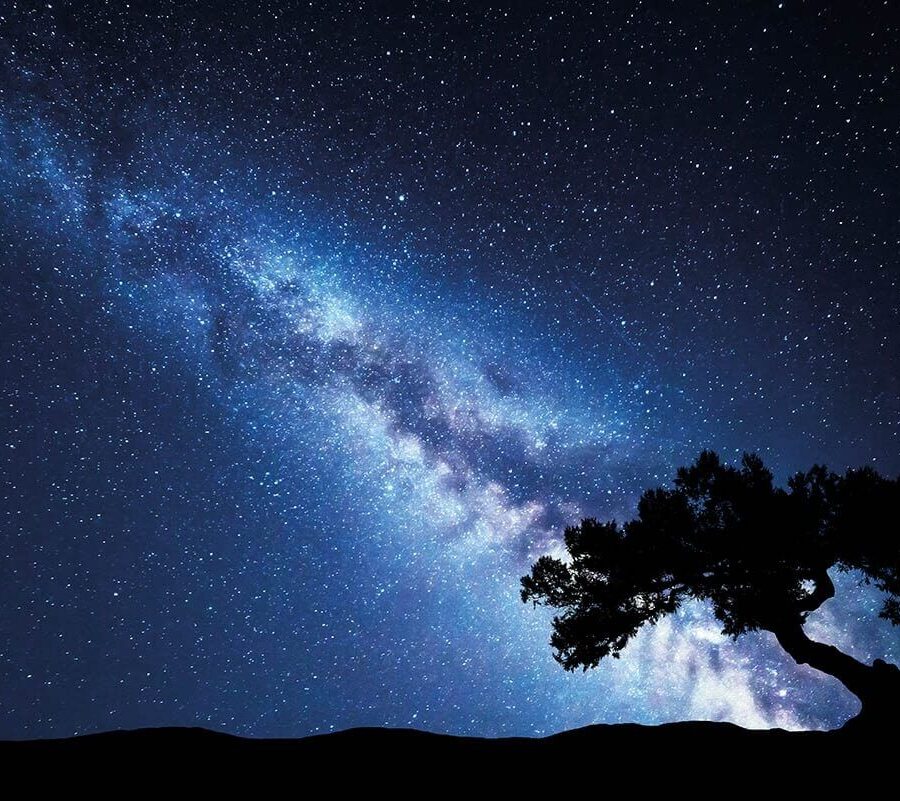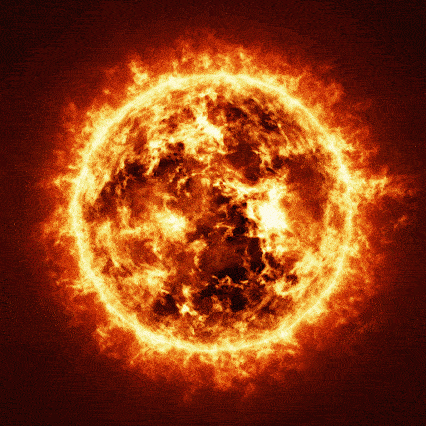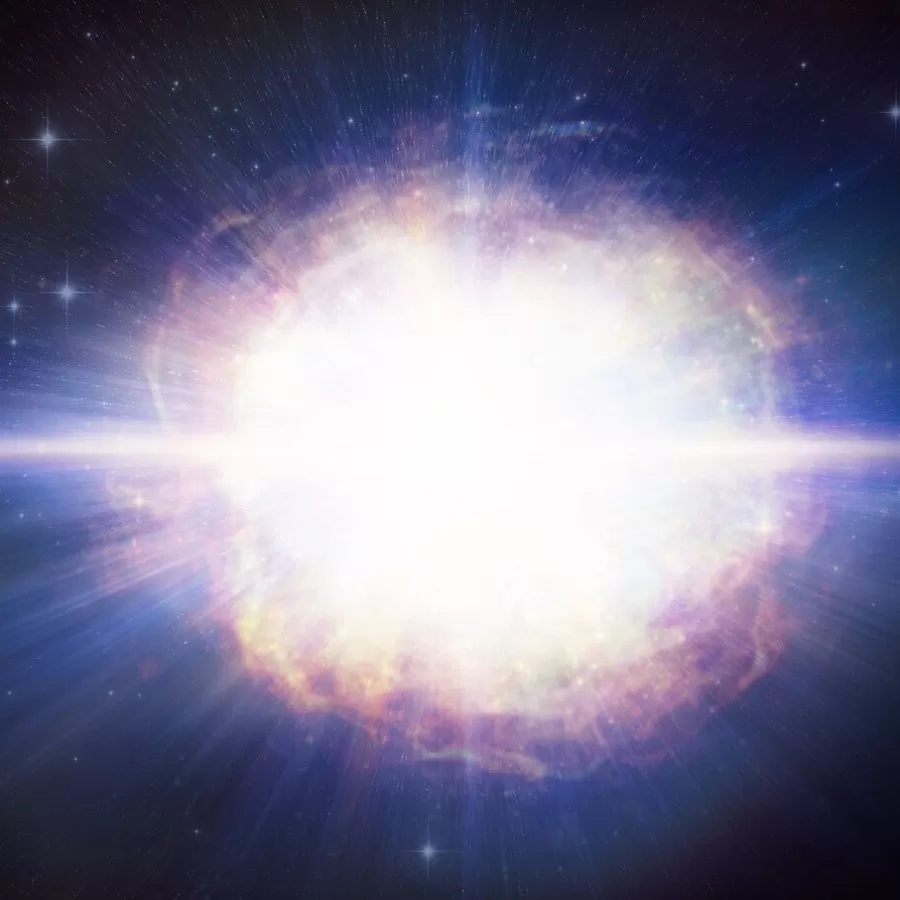Exploring the Scientific Explanation Behind the Absence of Green Stars in Space
Prof. Aécio D’Silva, Ph.D
AquaUniversity
Join us in this post in the intriguing world of celestial bodies and discover why green stars are a rarity in the vastness of the universe. The Heavens Declare the Works of God and Nature and the Firmament Announce the Greatness of His Creation
No Green Stars – Gazing up at the night sky, we often marvel at the twinkling stars, each radiating a unique hue. From the fiery reds to the brilliant blues, the colors of stars have fascinated humans for centuries. However, one question persists: why do we never see green stars? In this blog post, we will unravel the scientific explanation behind this intriguing phenomenon and shed light on the true nature of stellar colors.
No Green Stars – The Science of Stellar Colors
Stars emit light across a wide range of wavelengths, with each wavelength corresponding to a specific color. The color we perceive depends on the temperature of the star’s surface, as determined by its composition and energy output. The relationship between temperature and color is described by a concept known as black-body radiation.
At lower temperatures, stars emit a reddish glow. As the temperature increases, stars transition to emit white or yellowish light. At extremely high temperatures, stars emit a blue light. These temperature variations give rise to the vibrant colors we observe in the night sky, ranging from red giants to blue supergiants.
Absorption and Emission Spectra
To understand why green stars are absent, we need to delve into the science of absorption and emission spectra. Stars produce a spectrum of light, which can be separated into its constituent colors. Elements present in a star’s atmosphere can absorb specific wavelengths of light, resulting in dark lines known as absorption lines in the spectrum. These lines serve as signatures of the elements present in the star.
When it comes to green light, the element oxygen plays a crucial role. Oxygen atoms readily absorb blue and red light, but they do not absorb green light as effectively. This means that in stars with significant amounts of oxygen in their atmospheres, the green light remains relatively untouched, giving the star a predominantly white or bluish appearance.
The Influence of Stellar Composition
The stellar composition also influences the colors we perceive. Stars primarily consist of hydrogen and helium, with trace amounts of other elements. The balance between these elements affects the overall color of a star. For instance, stars with higher concentrations of hydrogen emit a bluer light, while those with higher helium content tend to appear more yellow.
In the absence of a dominant green-emitting element in stellar atmospheres, such as oxygen’s influence on other colors, stars do not emit a significant amount of green light. As a result, we rarely observe green stars in the night sky.
Astronomical Phenomena and Illusions
While green stars are incredibly rare, there are astronomical phenomena and optical illusions that can create the illusion of a green star. For example, certain planetary nebulae or distant galaxies can appear greenish due to the interplay of light and dust particles. However, these instances do not involve stars themselves emitting green light.
To conclude, the absence of these stars in the universe can be attributed to the interplay of stellar temperatures, element absorption, and emission spectra. Stars emit light across a range of colors based on their composition, but the dominance of elements like oxygen in absorbing specific wavelengths contributes to the scarcity of green light. As we gaze upon the night sky, let us appreciate the stunning array of colors that celestial bodies present, even if green stars remain a rarity.
References:
Carroll, B. W., & Ostlie, D. A. (2006). An Introduction to Modern Astrophysics. Pearson Education.




